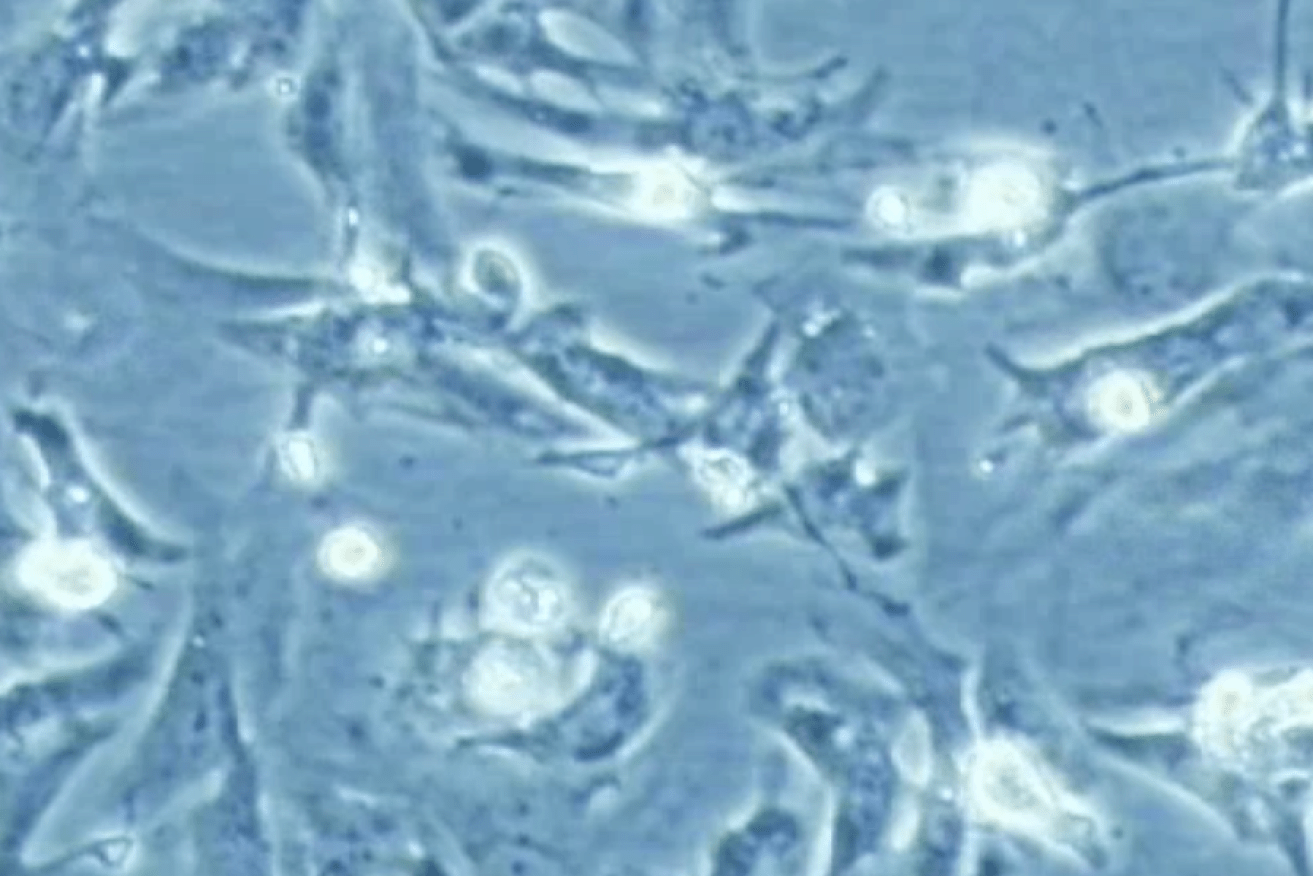‘Like a real heart’: 3D printer produces beating heart cells

The beating stem cells can be printed into tissue which would be stuck directly onto a patient's heart to repair damage after an attack. Photo: ABC News
The dream of being able to 3D print human heart tissue is a big step closer, with a breakthrough by scientists at Sydney’s Heart Research Institute (HRI).
Scientists are using a new bio-printer to print cells which they say could replace a patient’s damaged heart cells.
“When patients come into the clinic, they would provide us with their cells from their skin,” HRI scientist Dr Carmine Gentile said.
“Those cells can generate stem cells and then heart cells.”
The beating stem cells can be printed into tissue which would be stuck directly onto a patient’s heart to repair damage after an attack.
“The 3D cardiac tissue will be utilised to replace the damaged tissue in the patient,” Dr Gentile said.
The cells created by the Heart Research Institute “beat together” like a real heart does.
“The cells behave like a real heart. This is a striking finding that we have been able to identify in our lab,” Dr Gentile said.
Current treatments after a heart attack include angioplasty, where a balloon is used to widen blocked or narrowed coronary arteries, and reperfusion therapy, which includes clot-busting drugs and opening arteries with stents.
But the treatments do not work for all patients, according to cardiologist Gemma Figtree, from the Kolling Institute.
We haven’t succeeded in finding a solution in replacing the scar muscle or to regenerate hearts. That’s one of the holy grails of cardiovascular research at the moment and this is just one potential exciting solution.”
The bio-printer, which is the first of its kind in Australia, could provide the answer.
Associate Professor Figtree said the ultimate outcome would be to make the organ an efficient pump again.
“By replacing the dead heart muscle with an effective patch, we may solve their heart failure that would dramatically improve their shortness of breath and their quality of life,” she said.

The HRI’s 3D cell printer. Photo: Heart Research Institute.
It is estimated 350,000 Australians will have a heart attack at some time in their lives.
Despite improvements in preventing cardiovascular disease, heart attacks kill 24 Australians every day.
3D heart to test drug side effects
Heart experts said the new 3D-printed heart could be used to test new drugs for individual patients.
Dr Gentile said they had already been studying how it could work to see what side-effects drugs have.
“This is a very striking finding where we are able to identify in a very short term, side effects that would be in people,” he said.
Researchers are hopeful the therapy could be available for patients in the next five years.
The research and the new bio-printer were funded by the Ian Potter Foundation.
– ABC








